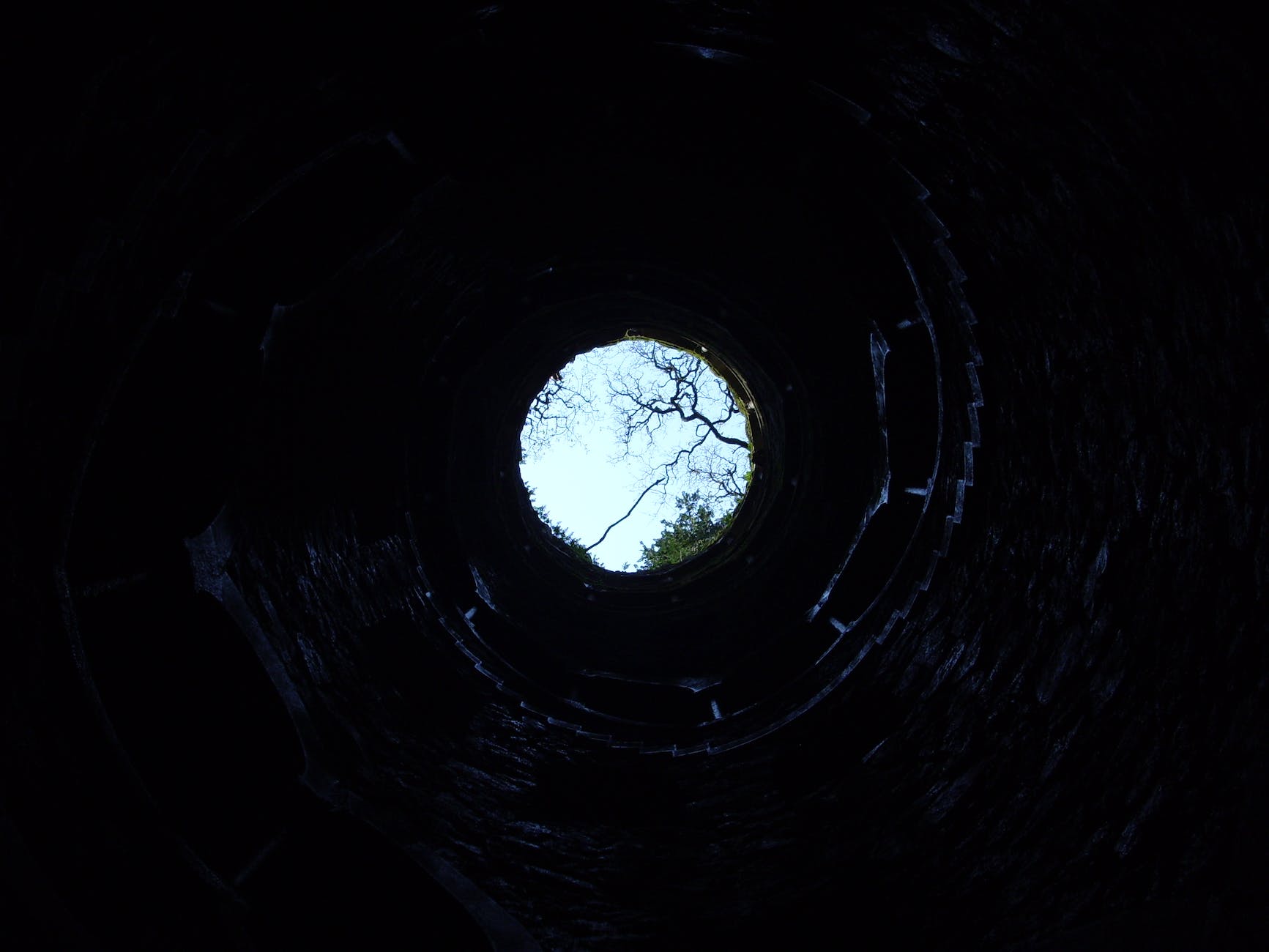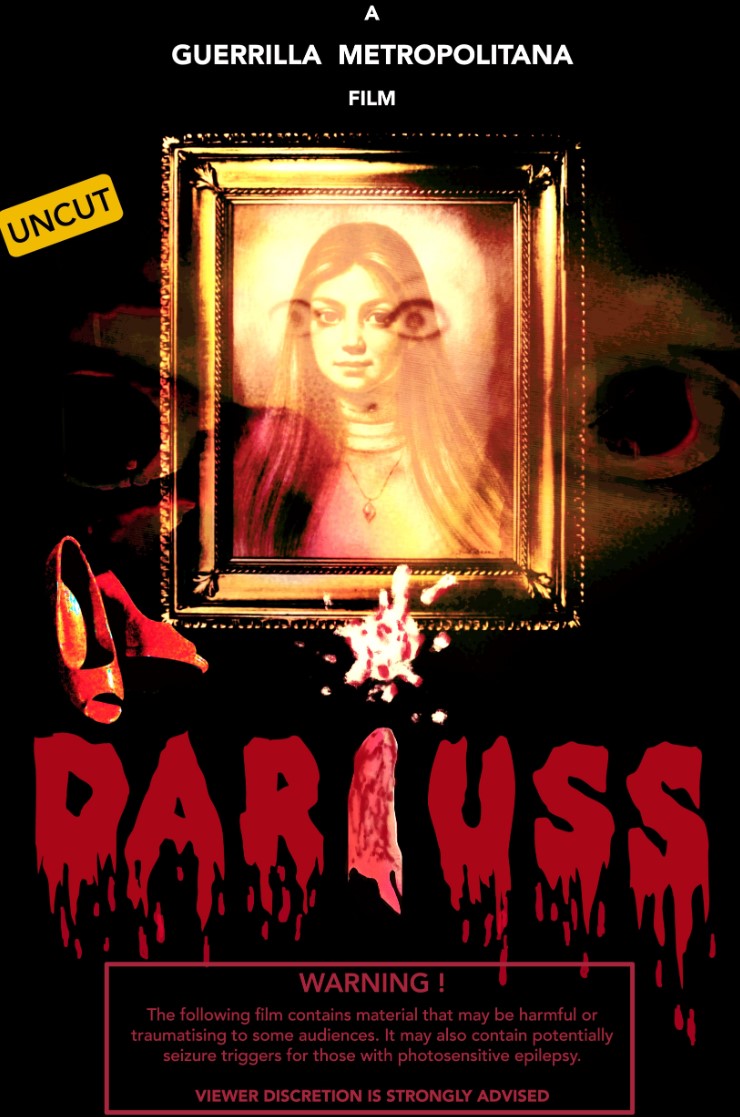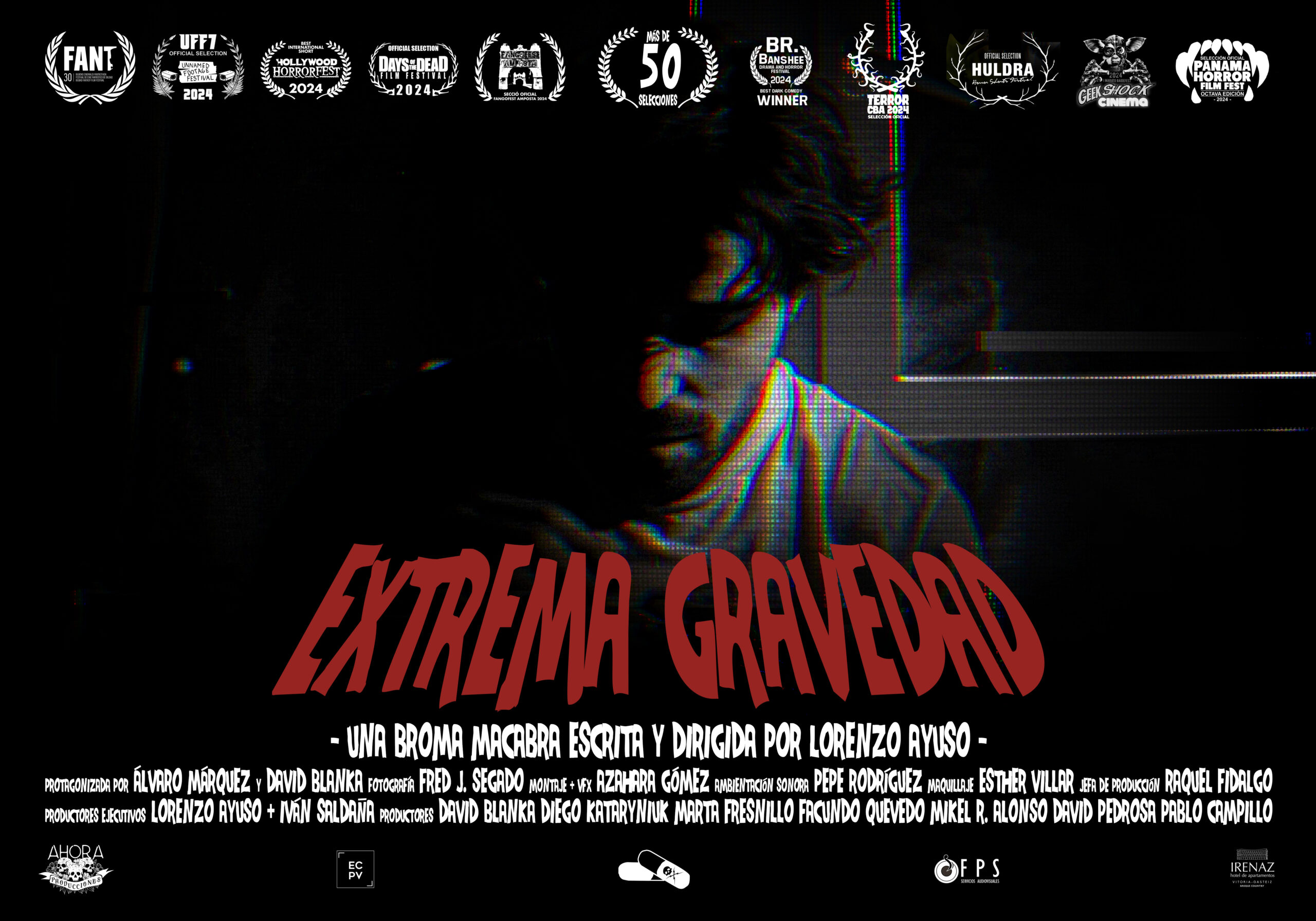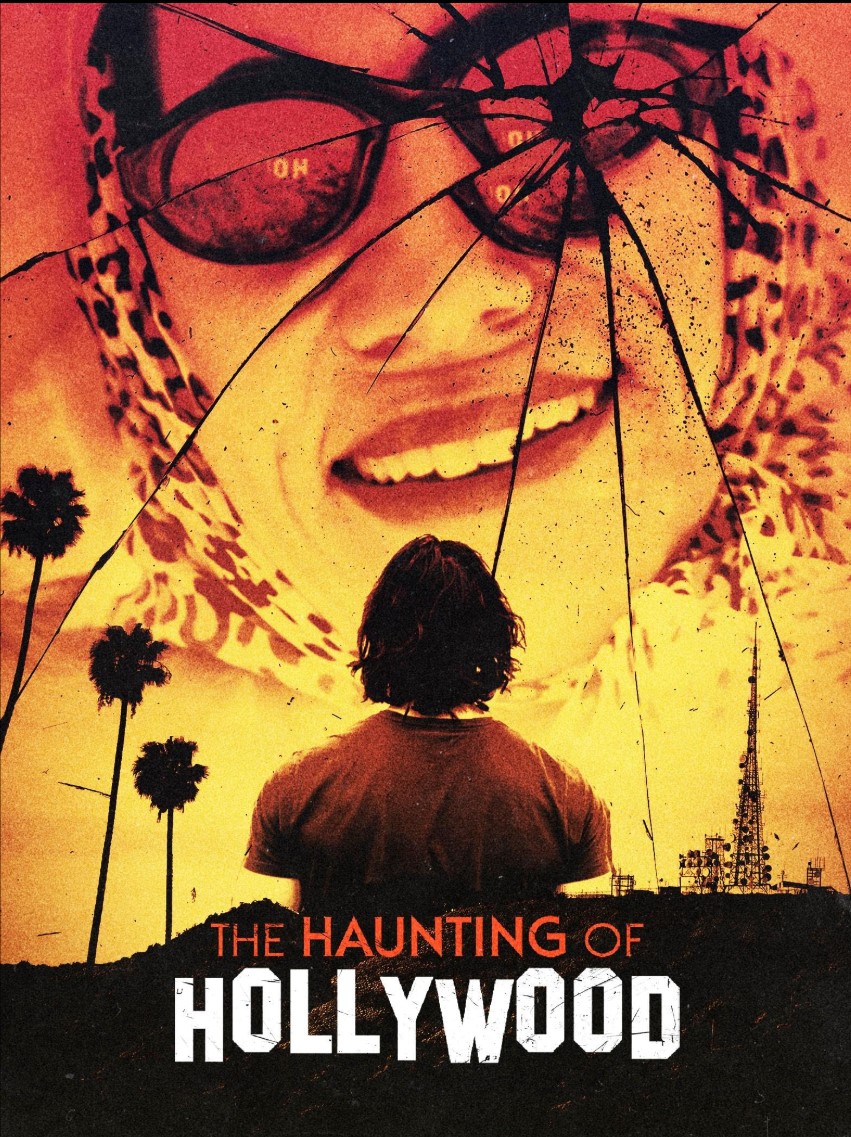Based on the 1991 novel of the same name, Ringu is the story of one of the most well-known Japanese tall tales: a video tape that kills you when you watch it.
Curious about the mysteriously untimely death of her teenage niece, journalist Reiko Asakawa and ex-husband Ryuji travel all over Japan chasing the ghost that kills you seven days after watching its cursed VHS tape. No one knows where the tape came from, or how it happens, but Reiko and Ryuji fight to the end for answers when their son watches it. Featuring a now-infamous climax, Ringu dares its viewers to seek out the tape itself and — like Reiko — figure out how to escape the ghost’s grasp. Spoilers ahead!
This series is one of my favorites. I had first seen the American remake when it came out in theaters. I then had the chance to watch this and the rest of the original series before going on to read the Suzuki novels. Ringu (and its remakes) have the incredible attribute of adding more and more context with each iteration. What we see here gives background to the American remake, and the books give a deeper explanation still. The series as a whole is a treasure trove of cultural understanding that I just can’t get enough of.
For the film itself, Ringu is most certainly 90s. That, surprisingly, isn’t a problem as many of the Japanese horror films I watch have a sort of 90s aesthetic. What I like about Ringu is cinematography that is solidly Japanese; unlike Western films, there is a clean, subdued quality to the scenes. When there is mention of violence — like ghosts Sadako’s murder and failed escape from the well — we see “clean gore” (broken or missing nails). The teenagers’ deaths are quite beautiful and not at all like the monstrous, zombified faces in the remake. The story is reserved and lets you experience the film at a safe distance while still having that unnerving feeling. Ringu doesn’t stray from the horrible, but instead is both eye-catching and morbid in a way that only a haunted VHS tape would be. You are physically unable to look away, entranced by the terrors on screen.
Two things to mention are the video tape itself and the climax of the film. The VHS tape is a compilation of sounds and images that, out of context, would only be confusing; if you had no idea about the book, you may have a hard time deciphering what the images on the tape all mean just from the movie. With images of a woman combing her hair in a mirror, kanji characters, a hooded man, and a well accompanied by low groans and screeches, it’s confusing but only mildly spooky. Compared to the American version, I wouldn’t be worried at all after watching it. Even the use of a VHS tape itself is something you could only get from the book.
But even if you weren’t scared by the tape, the climax of the film would get you for sure. When a person’s seven days are up, the nearest television set automatically starts playing the tape. When the final image of the well shows on screen, a girl (Sadako, the ghost) climbs out from it, walks towards the camera and comes out of the tv itself. I don’t recall seeing anything quite like this, and it sure does have an astounding effect. I can only imaging what I would do if I had a week of weird occurrences, then a ghost starts crawling out of my TV and scares me to death. Bruh.
In that way, Ringu is not only a fantastic story, but a trendsetter. It sparked many remakes, even more spoofs, and a million more memes. Ringu is the ultimate triple threat: awesome movie, great cultural film, and meme-generator for the gods. For anyone looking into getting into foreign (non-American) horror — especially Asian horror — Ringu is the perfect place to start. I could go on all day comparing this to it’s American counterpart, but it would be like comparing my children. They both have their pros and cons, but one is not holistically better than the other. Ringu does deserve its props though — it was the first, after all.
What did you think of Ringu? Let us know in the comments!











